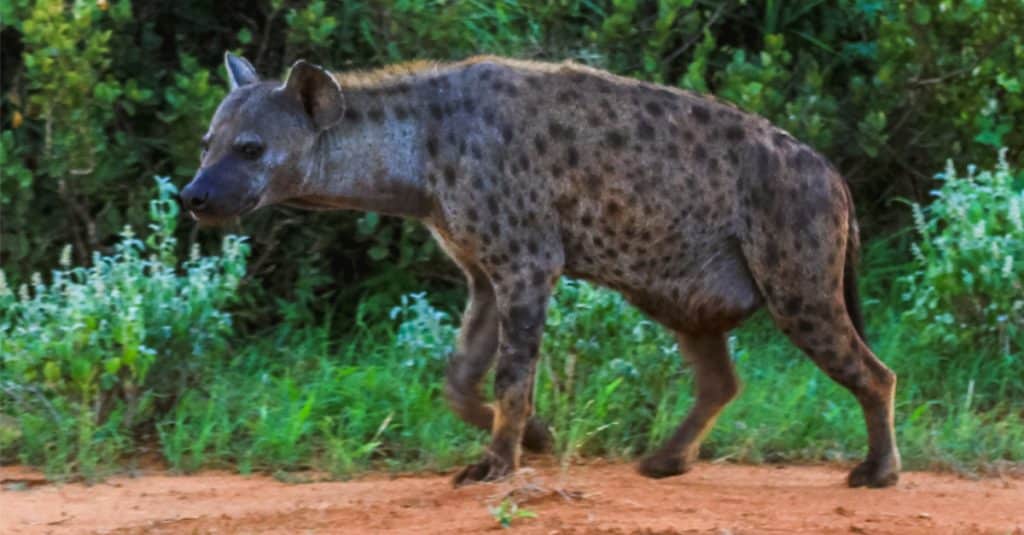Hyenas, which almost disappeared from Gabon’s forests, are gradually repopulating the country’s forests. In the Mwagna National Park, more precisely in the Baï de Momba, in the north-east of Gabon, a hyena was recently photographed by a “photo trap”, a device that allows the evolution of wildlife in parks to be monitored. It has been 20 years since a spotted hyena was last seen in the area.
The news was made public by Gabon’s National Parks Agency (ANPN), during the celebration, on 4 September 2022, of the 20th anniversary of the creation of the network of 13 national parks in Gabon. “For 20 years, natural resources in Gabon’s national parks have been protected against various direct anthropic pressures,” says the ANPN on its Facebook page. To mark the event and further promote the richness of Gabon’s national parks and their history, the ANPN is planning a month-long series of activities.
The return of lions to the Plateaux Batéké Park
Unlike other protected areas, a national park has a tourism dimension. In Gabon, Law 003/2007 regulates the protection, management and development of national parks to enable better economic and social development of local communities. Gabon’s 13 national parks are scattered throughout the country and were created on 4 September 2002 by former President Omar Bongo Ondimba.
Read also-GABON: International criminal law to take poaching into account
In addition to hyenas, the creation of these parks has led to the return of biodiversity in certain areas of Gabon. “In recent years, we have seen the return of species that were locally considered to be in danger of extinction, notably the lion (Plateaux Batéké National Park, in the south-east of the country) and the hippopotamus (Lopé National Park, in the centre of the country),” explains the ANPN.
Boris Ngounou
